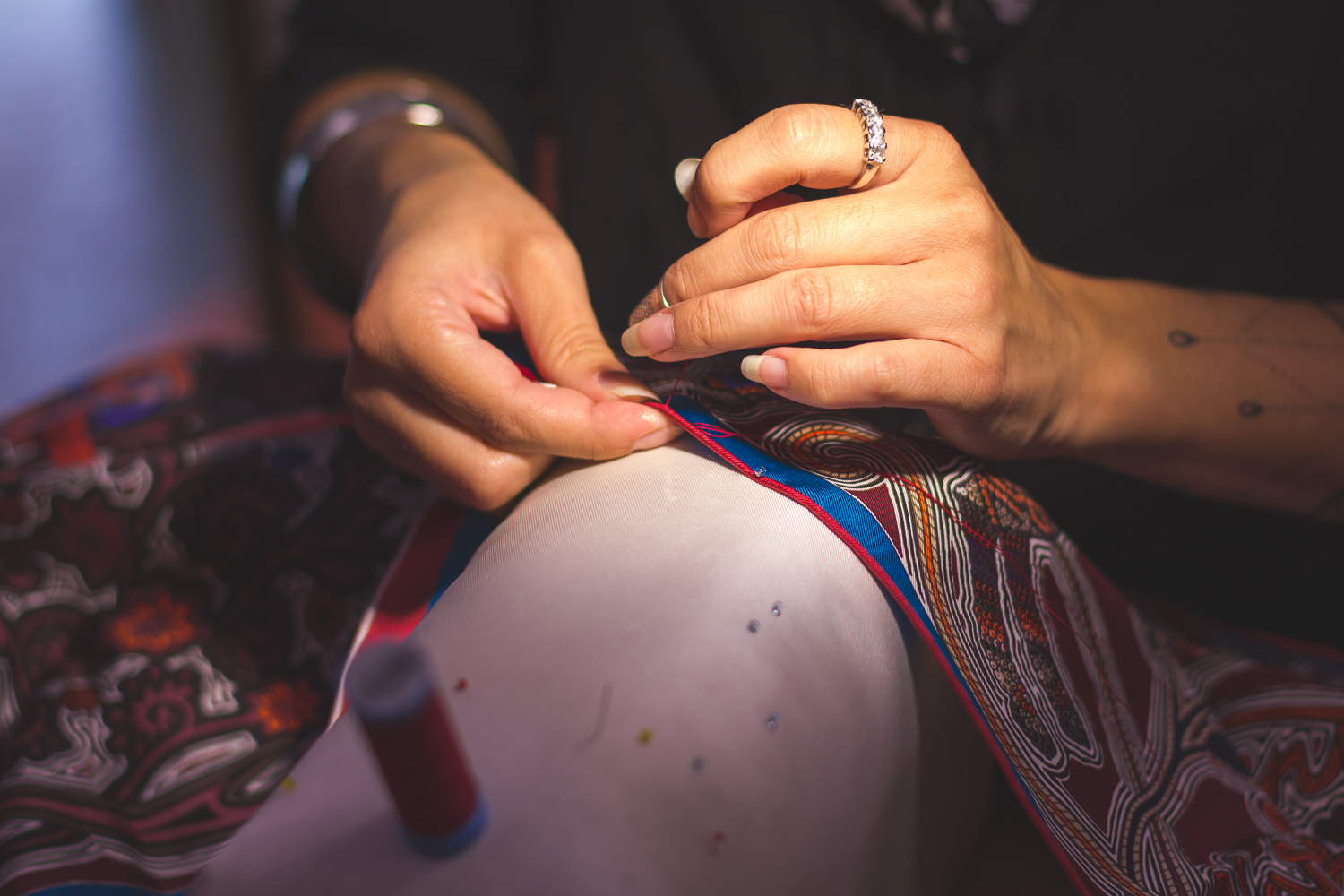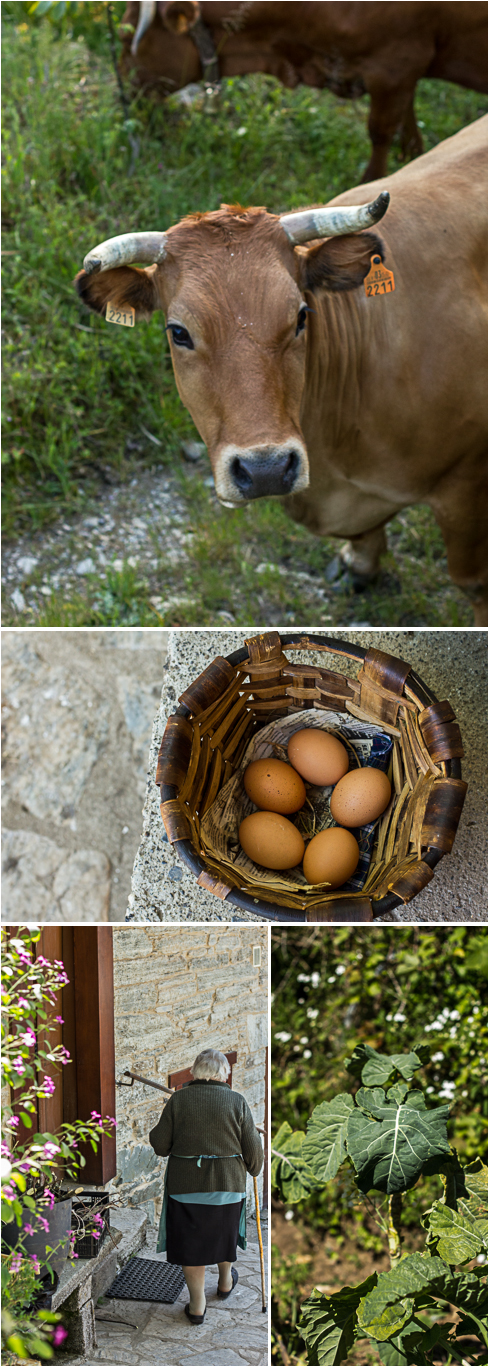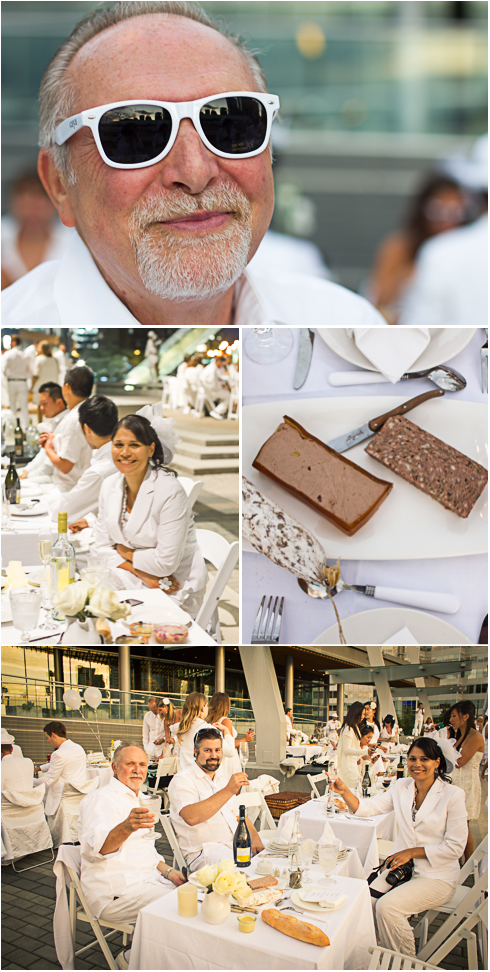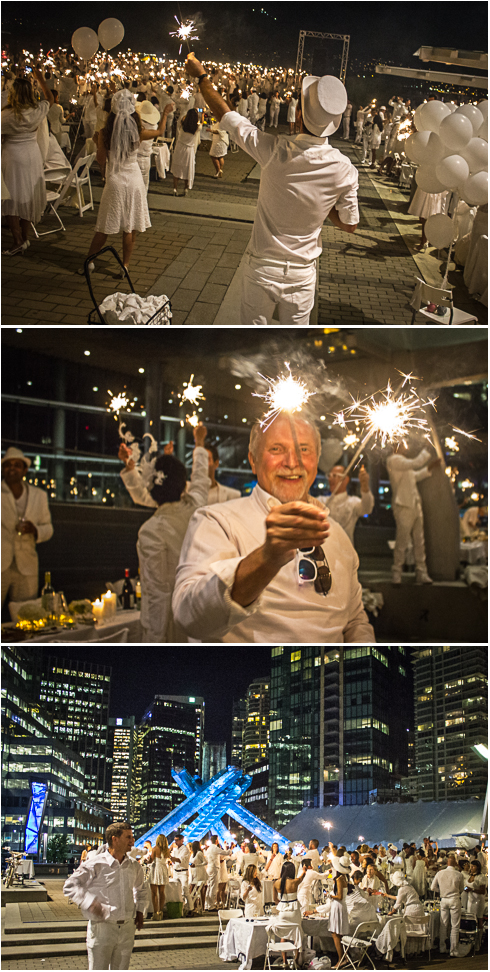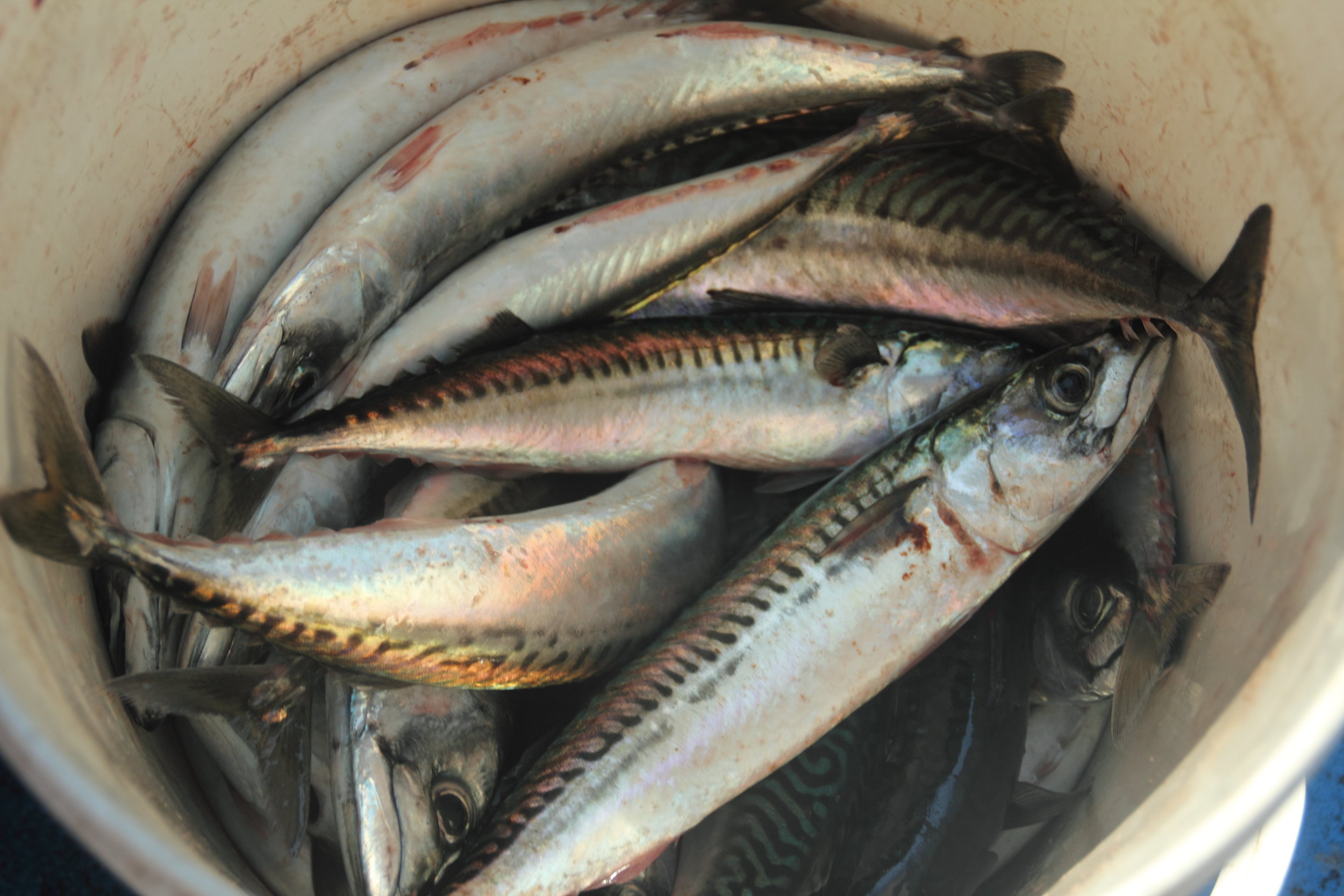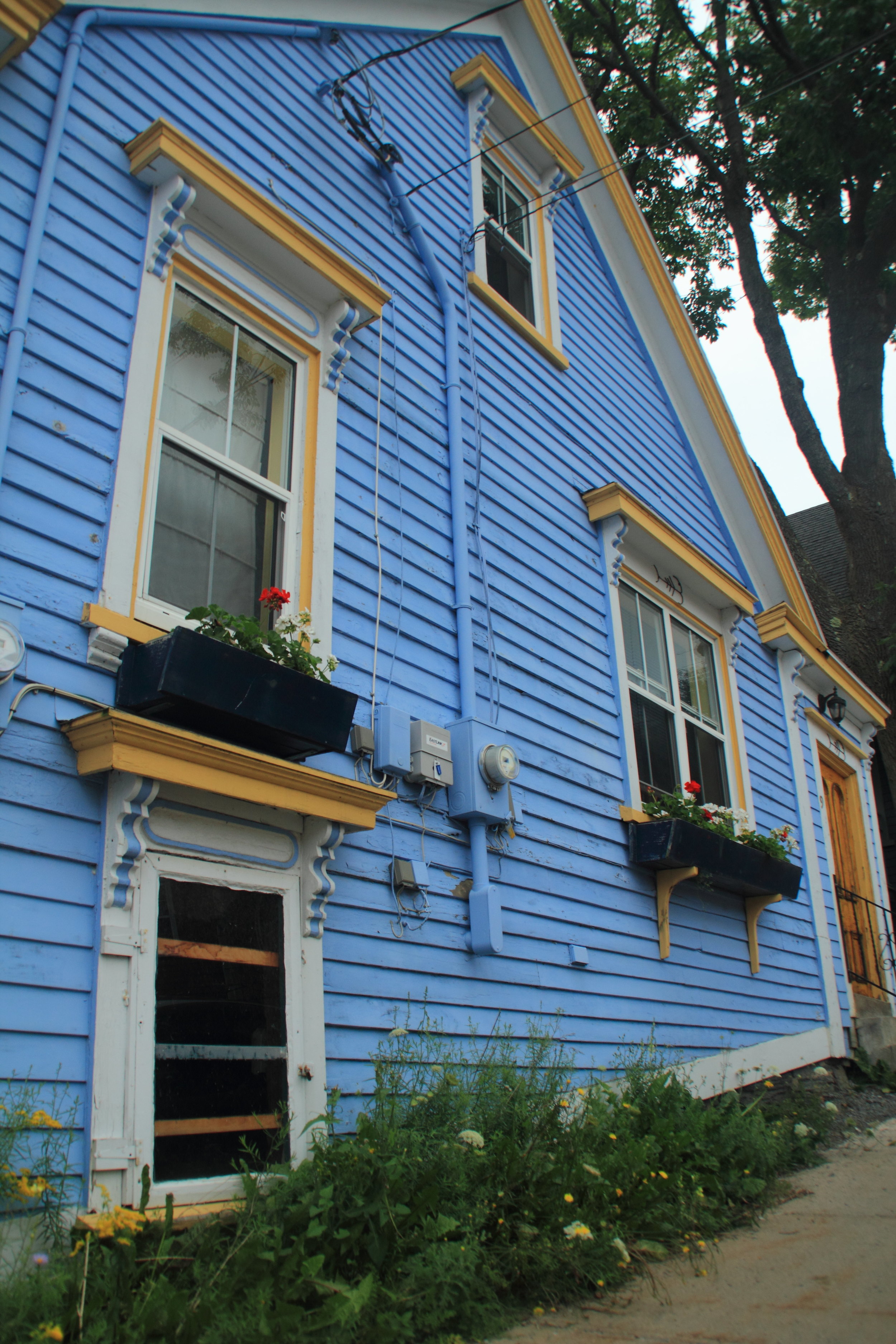Well it makes sense I guess. The season of Hallowe'en is upon us. So at a recent family dinner when my mother suggested we do a Queimada, who were we to argue? After all it is not every day your mother encourages you to set fire to some high grade alcohol and summon the spirits from on high. Is it?
A Queimada is a Galician tradition from Spain, which involves burning a Galician version of aguardiente called Orujo to ward off evil spirits and bring in the good spirits of those who have gone before to share in the ritual as friends. It was not necessarily done at Hallowe'en but as the Gallegos are Celts after all, I'm sure they would approve. In fact there is a saying which goes along the lines of 'any excuse is a good one for a Queimada'.
For best results, the alcohol is heated first before being poured into a a shallow clay bowl with oranges slices, coffee beans and cloves. A spoon with sugar is introduced into the bowl to gather some alcohol and then lit on fire and introduced once more into the alcohol to set the mixture alight.
From then on, all present at the table take turns to stir the Queimada while the Conjuro or spell is read aloud. This is your typical bubble, bubble, toil and trouble stuff...beginning with:
Owls, barn owls, toads and witches.
Demons, goblins and devils,
spirits of the misty vales.
Near the end, we arrive at the main point:
And when this beverage
goes down our throats,
we will be freed of the evil
of our soul and of any bewitchment.
Powerful stuff! Evil of our soul? Bewitchment? Ok perhaps a bit dramatic. But I can't help but smile at the next part:
Forces of air, earth, sea and fire,
to you I make this call:
if it's true that you have more power
than people,
here and now, make the spirits
of the friends who are outside,
take part with us in this Queimada.
That sounds harmless enough! Enjoyable even. Even if you are not inclined to believe in evil spirits, there is nothing to stop you from enjoying a Queimada. The resultant mixture, having burned off a great deal of the alcohol is sweet and smooth and delicious. Happy Hallowe'en!



